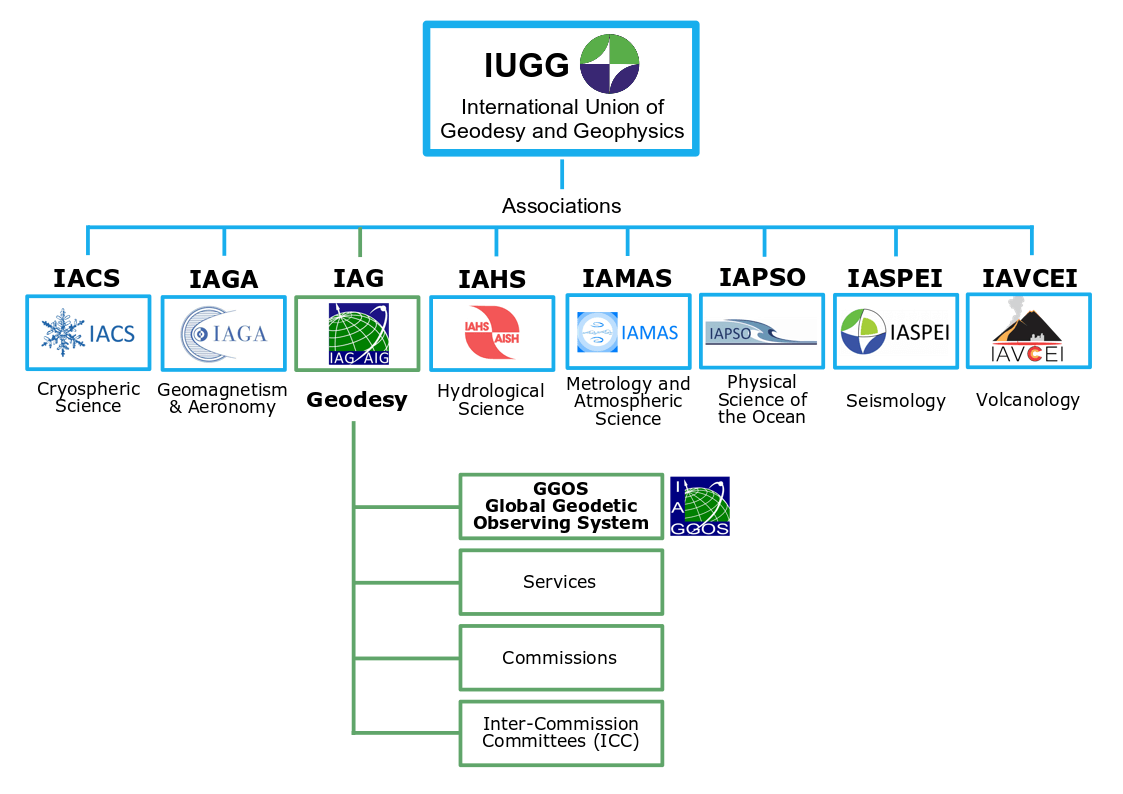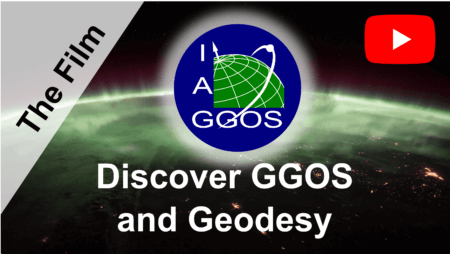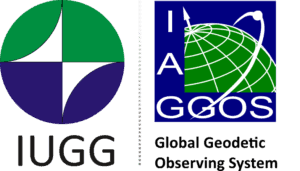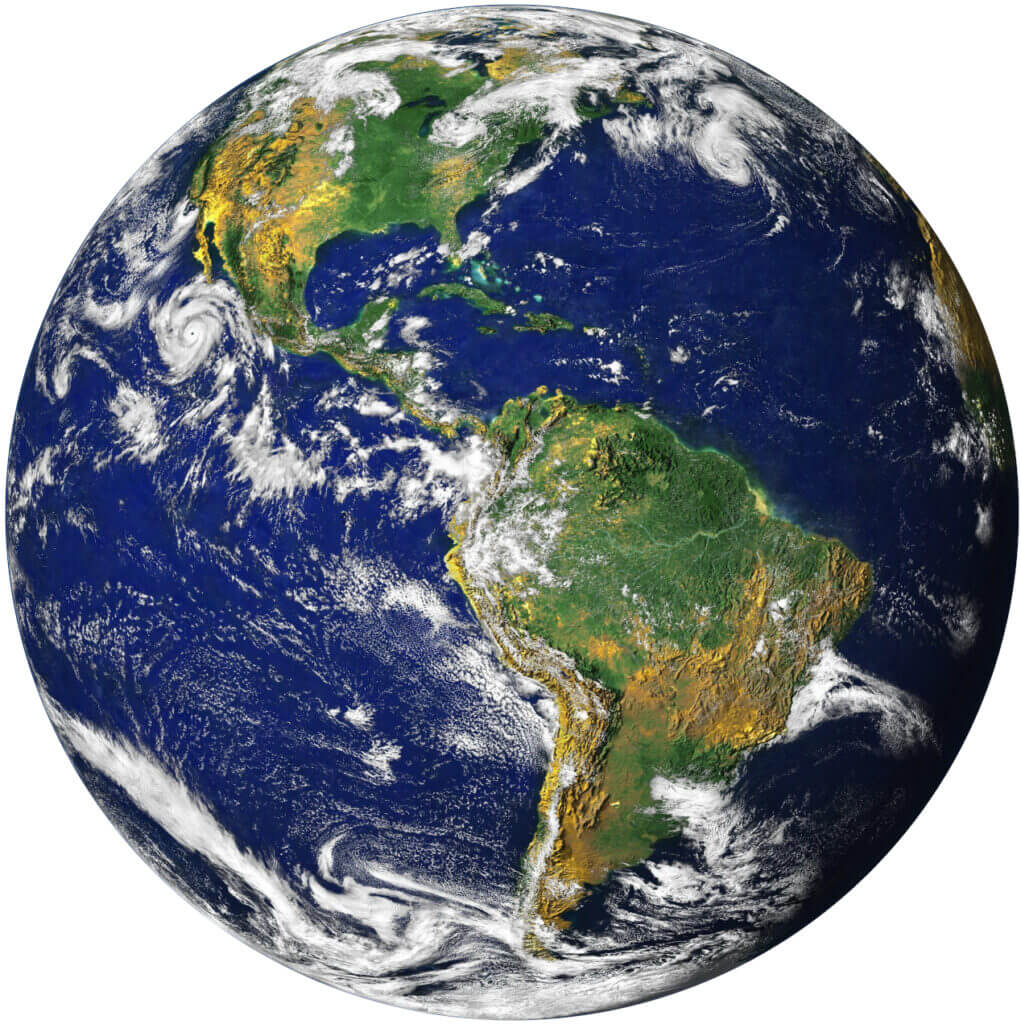What is GGOS?
GGOS – Part of the IAG and IUGG
GGOS is the Global Geodetic Observing System and was initiated in July 2003. It is a component of the International Association of Geodesy (IAG), which is the organization responsible for the advancement of Geodesy. The IAG and therefore GGOS are parts of the International Union of Geodesy and Geophysics (IUGG).
The Global Geodetic Observing System works together with the IAG Components – technical services, commissions, inter-commission-committees and IAG-projects – for monitoring the Earth system and global change research.
The IAG Services provide the geodetic infrastructure and products on which all contributions of GGOS are based. The IAG Commissions and IAG Inter-Commission Committees (ICCs) provides expertise and support for the scientific development within the Global Geodetic Observing System. IAG Projects are flagship long-term projects of broad scope and of significant interest for the entire field of geodesy. In July 2019 the new IAG Project on Novel Sensors and Quantum Technology in Geodesy (QuGe) was established. In summary, the Global Geodetic Observing System is IAG’s central interface to the scientific community and to society in general. The Global Geodetic Observing System has a strong connection to the International Astronomical Union (IAU). The International VLBI Service for Geodesy and Astrometry (IVS) and the International Earth Rotation and Reference Systems Service (IERS) are joint Services with the IAU, and the essential International Celestial Reference Frame (ICRF) is developed by joint IAU/IERS working groups. For more information on the IAG structure, please see the Geodesist’s Handbook.
GGOS – A Global Observing System to Serve the Geodesy Community
The Global Geodetic Observing System is the metrological basis for all global change research and for essential questions dealing with global deformation and mass exchange within the System Earth consisting of solid Earth, hydrosphere, atmosphere, and cryosphere.
Since April 2004, IAG is a Participating Organisation of the Group on Earth Observations (GEO) and the Global Geodetic Observing System is the geodetic contribution to the Global Earth Observation System of Systems (GEOSS). In November 2011, the Global Geodetic Observing System also became an Associate Member of the Committee on Earth Observation Satellites (CEOS).
The Global Geodetic Observing System contributes the geodetic component of GEOSS. It provides
- the reference frames required for all location-dependent observations and thus contributes to the foundation of most Earth observations, and
- the measurement of the time-variable shape, gravity field, and rotation of the Earth, and thus contributes to the Earth observation database.
The Global geodetic Observing System is also a fundamental element in the implementation of the United Nations’ Resolution on the Global Geodetic Reference Frame (UN-GGRF) for Sustainable Development, adopted at the UN General Assembly on February 26, 2015. Consequently, IAG and GGOS face important actions within the Sub-Committee on Geodesy of the UN Committee of Experts on Global Geospatial Information Management (UN-GGIM).






